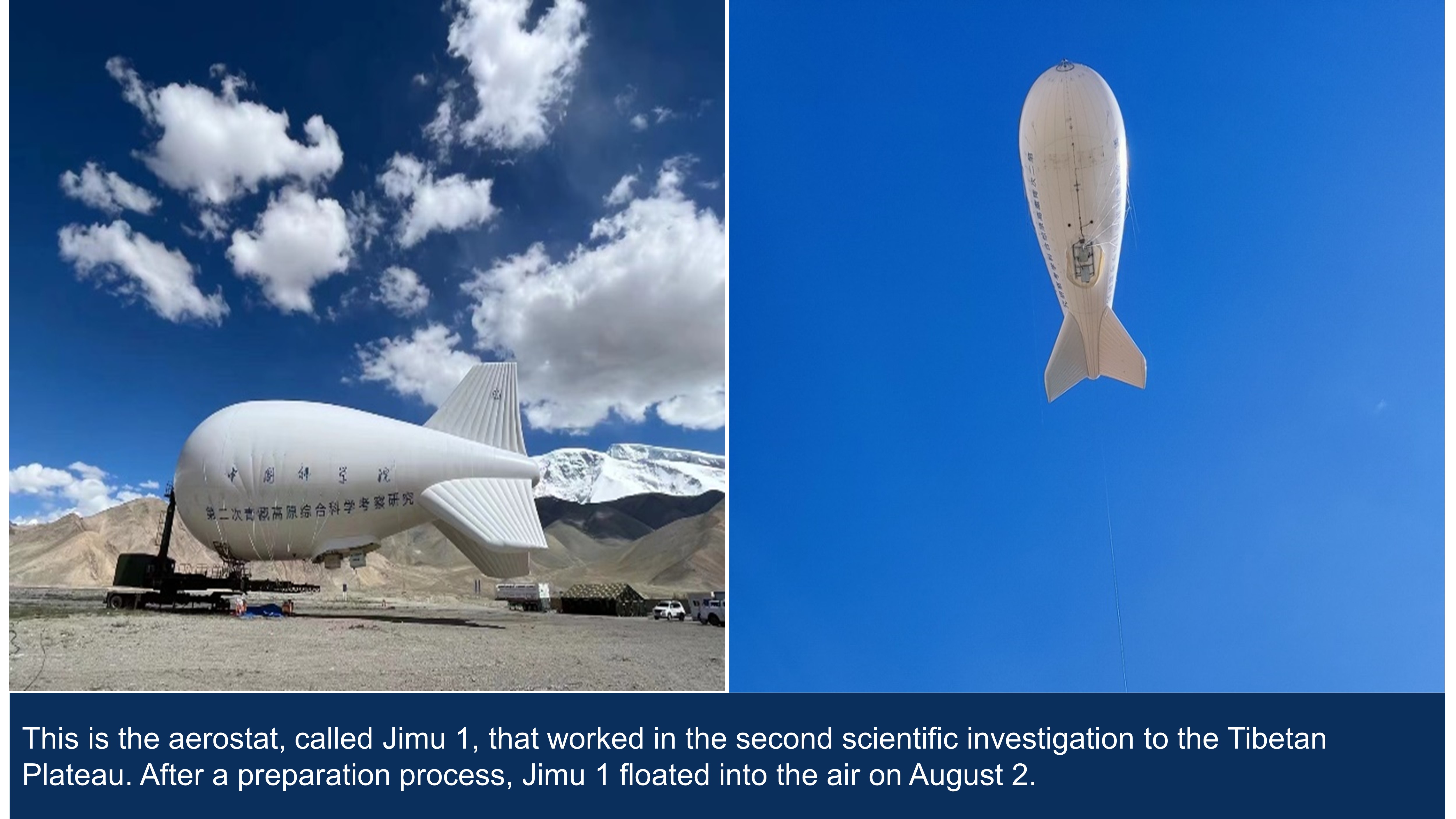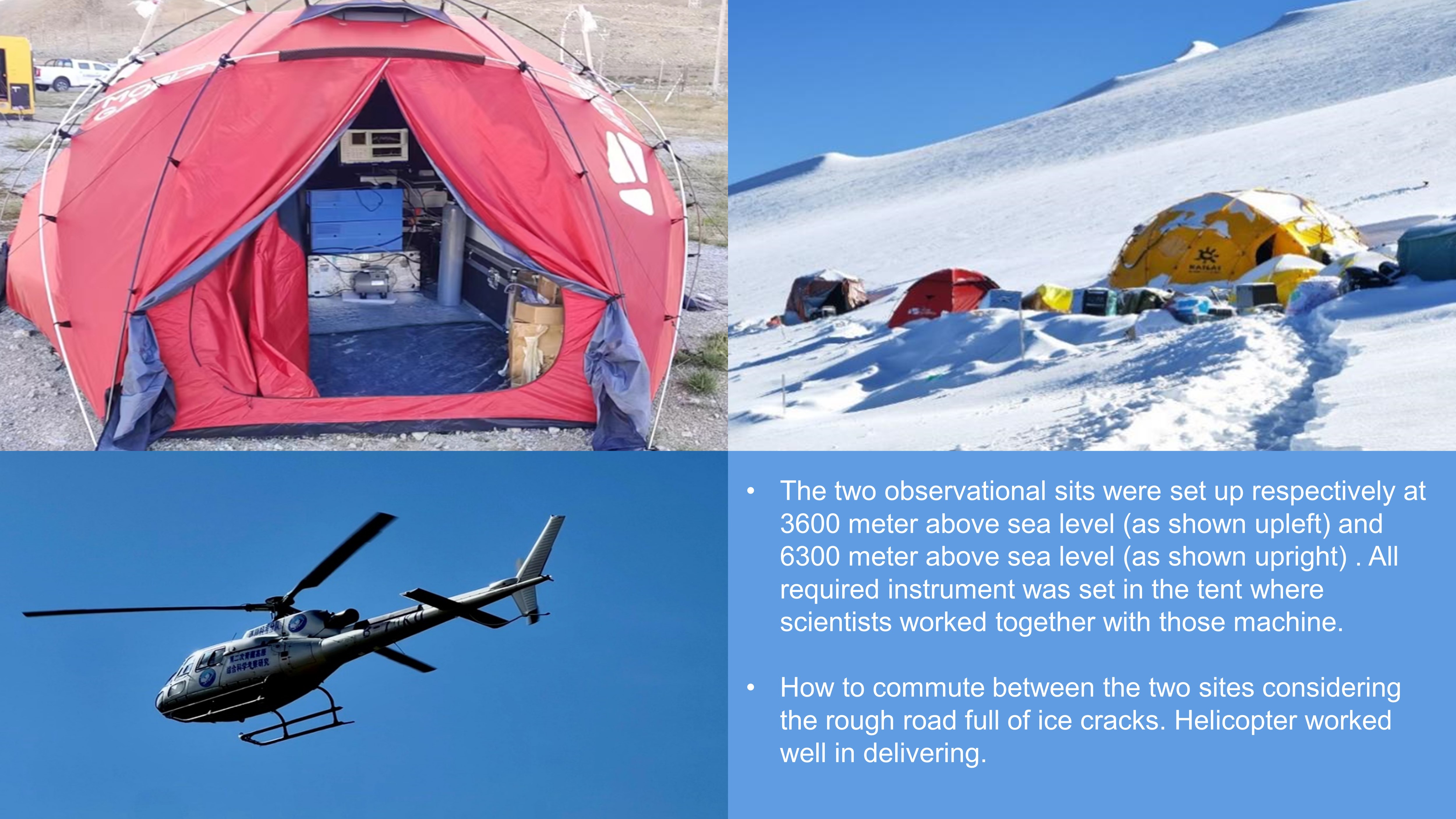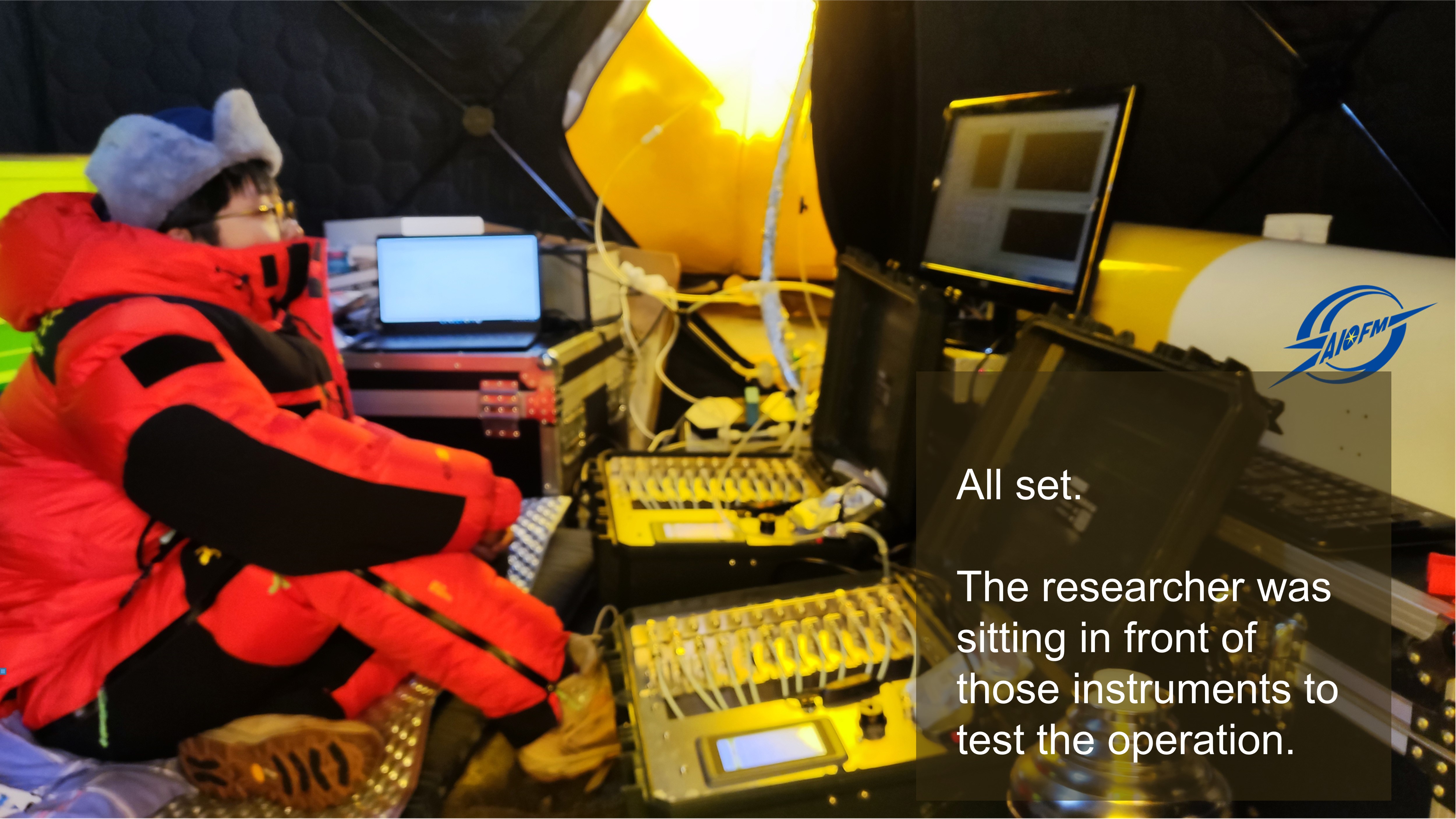The second scientific investigation to the Tibetan Plateau kicked off in 2017 with an attempt to figure out how the earth system of Tibetan Plateau changed and its impact.
With a long-term accumulated expertise of environment-oriented optical research, two HFIPS teams were a part of the investigation.
Now, the HFIPS researchers have returned from the investigation. Let us recall what they have done and how they performed their observation during the mission implementation.
Group one is from the Frontier Science Research Center within Anhui Institute of Optics and Fine Mechanics, which is one of the institutes under HFIPS. The team participated the investigation with the objective of obtaining vertical profile of NOx distribution from ground to high altitudes (around from 3650 to 5500 meter above sea level).
To complete the experiment, they conducted flight observations using an aerostat that served as a mini-laboratory, floating in the air carrying all the needed instruments.


Group two is from the Environmental Optics Research Center within Anhui Institute of Optics and Fine Mechanics. They took part in the investigation with their instruments, focusing on flux observations around ice and snow surfaces, mainly for the measurement of HONO and NO2 flux.
They established two observation sites to acquire data at different elevations, which help the scientists to better understand the photochemical reaction process of atmosphere around snow and ice surfaces.



